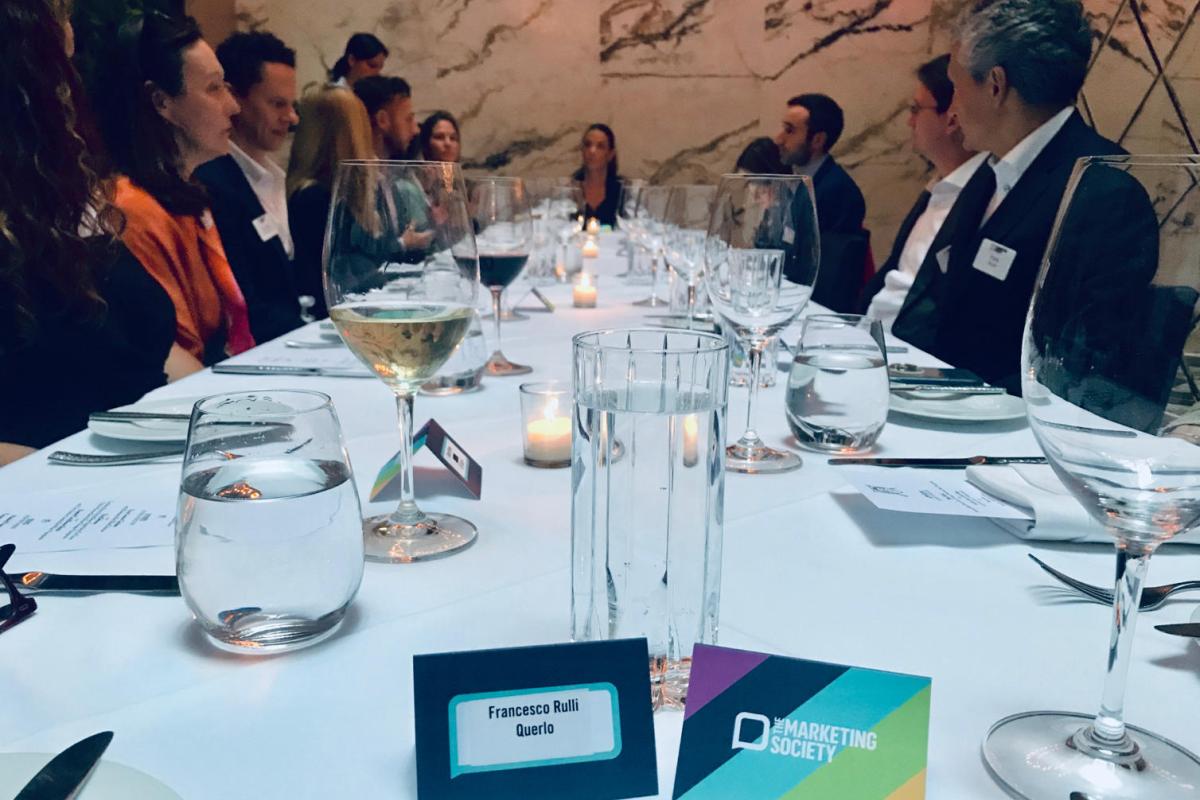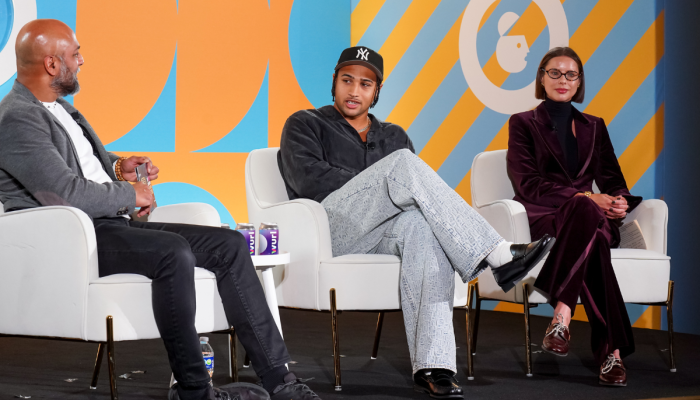We’ve been talking about how the advancement of digital media and data will result in every single person seeing a deeply personalized ad for every occasion on the Web since the days of AOL dial-up.
So why do most of our digital ad experiences still feel like a ‘ground hog’s day’ of what we searched and bought last week?
Don’t agree? Take a spin around the web, then let me know how customized and rewarding your ad experience feels.
It’s time to examine why personalization remains mostly a fantasy. And ask ourselves, is it even a good idea in the first place?
Separating fact from fiction surrounding personalization
With the immense amount of information available about every person, you would think we’d be communicating elegantly with everyone when, where, and how he/she wants to engage with our brands. You’d think that we’d be able to do this and still achieve huge reach via programmatic buying.
And you’d think AI, all powerful ‘identity graphs’ and multi touch attribution (MTA) would make this easy to execute and measure.
This flawless, awe inspiring vision sounds almost magical on the lips of the right evangelist, but we can’t even achieve that kind of connection with our spouse or loved ones on a regular basis! It just isn’t happening today between brands and people.
Reality check
In trying to achieve one-to-one marketing, are we putting our brands at risk of fragmented messaging, multiple personalities and vapor for brand equity?
And even if we actually pull this off, there is a ton of mythology in our ability to successfully execute micro campaigning at the kind of scale we need to move markets and competitive share.
Often this comes down to simple math. Target a very specific slice of the web population, given the all-powerful segmenting tools at your disposal and you may start with a million prospects. For every attribute you apply, you end up slicing that group thinner and thinner. Very quickly, your incredible marketing efforts have led to reaching a handful of shaving cream enthusiasts in the Pacific Northwest.
And we’re not even getting into the grand delusion that multi touch attribution can measure it all. In our experience, working with even the biggest brands, multi touch attribution exercises are extremely complicated, expensive, require a crazy amount of work, and rarely pay off.
It’s natural for CMOs to want to figure out exactly how every single interaction with their brand leads people to make a purchase over a day, a week, a month, a year - and how much they should spend on each media touchpoint to deliver that purchase. In practicality, it’s also as big a fantasy as Game of Thrones today.
And here’s the friction...
Aside from whether such surgical ad messaging is even possible, there’s the small matter of whether consumers really want to connect one-on-one with brands - even the ones they love.
According to a YouGov.Com survey from March 2018, over half of U.S. consumers are either neutral or negative regarding their receptivity to targeted ads and whether it will impact their buying decisions.
We’re at a moment where consumers are more savvy, empowered (hello ad blockers) and informed than ever by clicking GDPR permission boxes, reading about EU fines for Google/Facebook and massive data breaches around the world.
And we haven’t even begun to solve for the issues associated with Privacy that GDPR is laying before us in Europe, and will soon be upon us in the U.S. (E.g. California Consumer Privacy Act – CCPA).
Will ‘identity graphs’ even be legal under strict GDPR/CCPA interpretations in the future?
The future is uncertain, but it will be bright
What we’re left with is a whole new ad targeting world. We think consumers will end up in a place of much more control and transparency into how they are being targeted. They may even - wait for it- agree to get paid for their attention from brands.
That may seem farfetched, but it actually represents a huge opportunity. Imagine a world where consumers actively engage in what they see and don’t see - and they are actually ‘bought’ into the relationship. Instead of wasting billions of dollars on unwanted ads, we will invest where wanted and relevant to those willing to be compensated - it can’t get more personal than that.
Shawn O'Neal, North American CEO at Gain Theory



